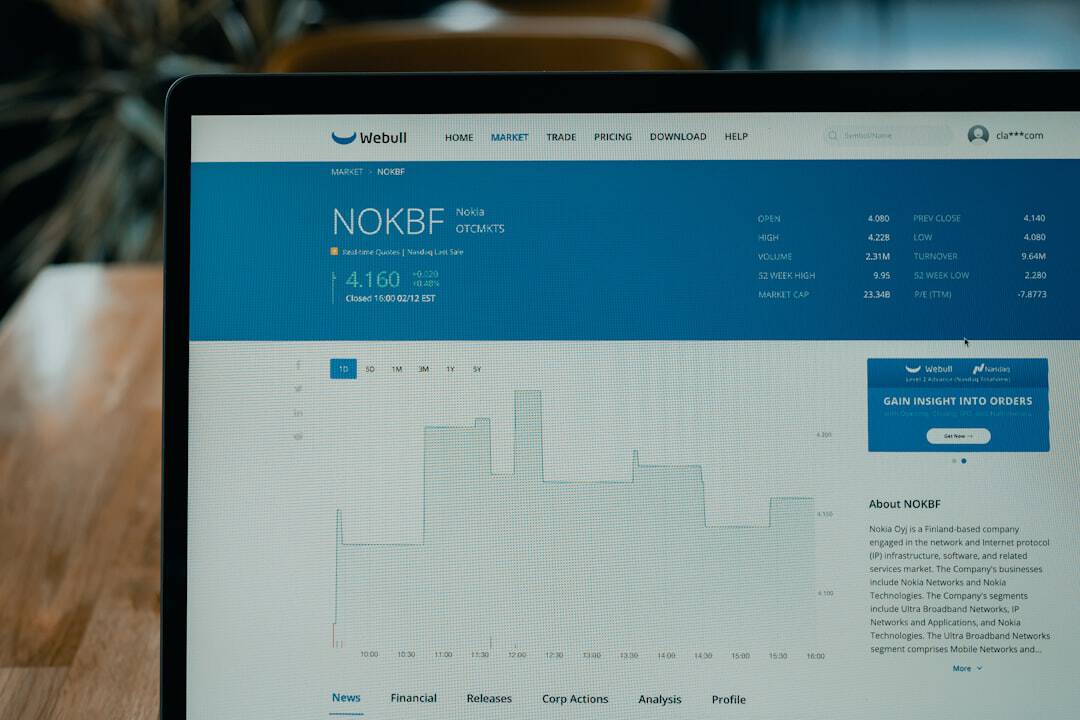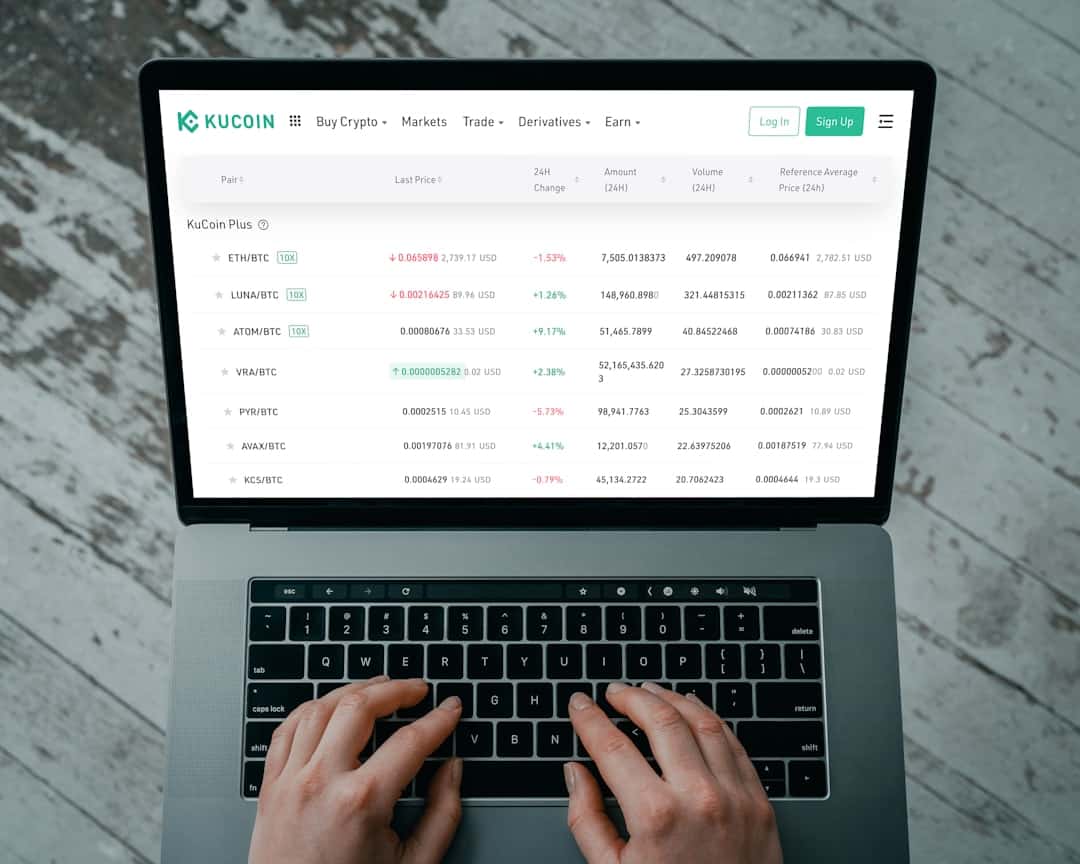Zero Trust Network Access (ZTNA) is a security model designed to address the limitations of traditional network security approaches. Unlike conventional models that assume everything inside the network is trustworthy, ZTNA operates on the principle of “never trust, always verify.” This approach requires verification from all entities attempting to access network resources, regardless of their location. ZTNA secures access to resources based on identity, device health, and other contextual factors, rather than relying solely on network location.
This strategy is particularly relevant in today’s environment, where remote work and cloud-based services are prevalent. By implementing ZTNA, organizations can ensure that only authorized users and devices can access specific resources, regardless of their physical location. This approach helps reduce the attack surface and minimize the risk of unauthorized access and data breaches.
In essence, ZTNA is a security model that prioritizes identity and context-based access control over traditional network perimeter security. By assuming zero trust and continuously verifying access, ZTNA enables organizations to better protect their resources in today’s dynamic and distributed network environments.
Key Takeaways
- Zero Trust Network Access (ZTNA) is a security model that requires strict identity verification for every person and device trying to access resources on a private network, regardless of whether they are inside or outside the network perimeter.
- Implementing Zero Trust Network Access (ZTNA) can significantly enhance security by reducing the attack surface, preventing lateral movement of threats, and providing granular access controls based on user identity and device posture.
- Identity and Access Management plays a crucial role in Zero Trust Network Access (ZTNA) by ensuring that only authorized users and devices are granted access to specific resources, and by continuously monitoring and managing user privileges.
- Multi-Factor Authentication is essential for Zero Trust Network Access (ZTNA) as it adds an extra layer of security by requiring multiple forms of verification, such as passwords, biometrics, or security tokens, before granting access to resources.
- Micro-Segmentation offers numerous benefits in Zero Trust Network Access (ZTNA) by dividing the network into smaller, isolated segments to contain and mitigate potential security breaches, limit lateral movement of threats, and enforce access controls based on user identity and device posture.
- Continuous Monitoring and Risk Assessment are critical components of Zero Trust Network Access (ZTNA) as they enable organizations to continuously monitor user and device behavior, detect anomalies, and assess risks in real-time to proactively respond to potential security threats.
- The future of network security lies in Zero Trust Network Access (ZTNA) as organizations increasingly adopt this model to strengthen their security posture, adapt to evolving threat landscapes, and ensure secure access to resources for users and devices, regardless of their location.
Implementing Zero Trust Network Access (ZTNA) for Enhanced Security
Assessing Current Security Posture
This assessment will help identify potential vulnerabilities and areas for improvement, providing a solid foundation for ZTNA implementation.
Once the assessment is complete, organizations can begin implementing ZTNA by focusing on several key areas.
Key Components of ZTNA Implementation
First, they should prioritize identity and access management (IAM) to ensure that only authorized users and devices can access resources. This may involve implementing strong authentication methods, such as multi-factor authentication (MFA), and integrating IAM solutions with other security tools.
Additionally, organizations should consider implementing micro-segmentation to create smaller, more secure network segments. This can help limit the impact of potential breaches and reduce the risk of lateral movement by attackers within the network. Furthermore, continuous monitoring and risk assessment are essential components of ZTNA implementation, as they allow organizations to detect and respond to potential threats in real-time.
Achieving a Holistic Security Approach
Overall, implementing ZTNA requires a holistic approach that addresses identity management, access controls, network segmentation, and continuous monitoring. By taking these steps, organizations can enhance their security posture and better protect their resources in today’s evolving threat landscape.
The Role of Identity and Access Management in Zero Trust Network Access (ZTNA)

Identity and Access Management (IAM) plays a critical role in Zero Trust Network Access (ZTNA) by ensuring that only authorized users and devices can access resources within the network. IAM solutions help organizations manage user identities, enforce access controls, and authenticate users before granting them access to specific resources. In the context of ZTNA, IAM solutions are essential for verifying the identity of users and devices attempting to access the network.
This may involve implementing strong authentication methods, such as biometric authentication or one-time passwords, to ensure that only authorized individuals can gain access. Additionally, IAM solutions can help enforce least privilege access by providing users with only the permissions they need to perform their specific roles. Furthermore, IAM solutions can help organizations enforce access policies based on contextual factors such as device health, location, and time of access.
This allows organizations to adapt their access controls based on the specific context of each access request, further enhancing security. In summary, IAM solutions are a fundamental component of ZTNA, as they help organizations manage user identities, enforce access controls, and authenticate users before granting them access to resources. By prioritizing IAM in their ZTNA implementation, organizations can better protect their resources and reduce the risk of unauthorized access.
Zero Trust Network Access (ZTNA) and the Importance of Multi-Factor Authentication
| Metrics | Value |
|---|---|
| Number of ZTNA adopters | 500+ |
| Percentage reduction in security breaches | 60% |
| Number of MFA users | 1 billion+ |
| Cost savings due to MFA implementation | 5 million |
Multi-Factor Authentication (MFA) plays a crucial role in Zero Trust Network Access (ZTNA) by adding an extra layer of security to the authentication process. Unlike traditional single-factor authentication methods that rely solely on passwords, MFA requires users to provide additional forms of verification before gaining access to resources. In the context of ZTNA, MFA helps to verify the identity of users and devices attempting to access the network.
This can involve requiring users to provide something they know (such as a password), something they have (such as a mobile device or security token), or something they are (such as a fingerprint or facial recognition). By requiring multiple forms of verification, MFA helps to reduce the risk of unauthorized access in the event that one factor is compromised. Furthermore, MFA can help organizations enforce least privilege access by ensuring that only authorized individuals with the necessary credentials can gain access to specific resources.
This helps to limit the impact of potential breaches and reduce the risk of unauthorized access. Overall, MFA is an essential component of ZTNA that helps organizations enhance their security posture by adding an extra layer of verification to the authentication process. By prioritizing MFA in their ZTNA implementation, organizations can better protect their resources and reduce the risk of unauthorized access.
Zero Trust Network Access (ZTNA) and the Benefits of Micro-Segmentation
Micro-segmentation plays a key role in Zero Trust Network Access (ZTNA) by creating smaller, more secure network segments that limit the impact of potential breaches and reduce the risk of lateral movement by attackers within the network. Unlike traditional network segmentation approaches that rely on larger network segments, micro-segmentation divides the network into smaller segments based on specific criteria such as user roles, applications, or data sensitivity. In the context of ZTNA, micro-segmentation helps organizations enforce least privilege access by limiting each user’s access to only the specific resources they need to perform their roles.
This helps to reduce the attack surface and minimize the risk of unauthorized access by restricting lateral movement within the network. Furthermore, micro-segmentation can help organizations improve visibility and control over their network traffic by allowing them to monitor and enforce policies at a granular level. This can help organizations detect and respond to potential threats in real-time, further enhancing their security posture.
In summary, micro-segmentation is a critical component of ZTNA that helps organizations create smaller, more secure network segments based on specific criteria such as user roles, applications, or data sensitivity. By prioritizing micro-segmentation in their ZTNA implementation, organizations can better protect their resources and reduce the risk of unauthorized access.
Zero Trust Network Access (ZTNA) and the Role of Continuous Monitoring and Risk Assessment

Continuous monitoring and risk assessment play a crucial role in Zero Trust Network Access (ZTNA) by allowing organizations to detect and respond to potential threats in real-time. Unlike traditional security approaches that rely on periodic assessments and manual intervention, continuous monitoring and risk assessment enable organizations to proactively identify and mitigate potential risks as they arise. In the context of ZTNA, continuous monitoring allows organizations to track user behavior, network traffic, and system health in real-time.
This can help detect anomalies or suspicious activities that may indicate a potential security threat. By continuously monitoring their network environment, organizations can respond to potential threats more effectively and reduce the impact of security incidents. Furthermore, continuous risk assessment enables organizations to evaluate their security posture on an ongoing basis and adapt their security controls based on changing threat landscapes.
This allows organizations to stay ahead of emerging threats and ensure that their security measures remain effective over time. In summary, continuous monitoring and risk assessment are essential components of ZTNA that enable organizations to detect and respond to potential threats in real-time. By prioritizing continuous monitoring and risk assessment in their ZTNA implementation, organizations can better protect their resources and reduce the impact of security incidents.
Zero Trust Network Access (ZTNA) and the Future of Network Security
Zero Trust Network Access (ZTNA) represents the future of network security by prioritizing identity-based access controls, continuous monitoring, and risk assessment over traditional perimeter-based security approaches. As organizations continue to embrace remote work and cloud-based services, ZTNA provides a more effective way to protect resources in today’s dynamic and distributed network environments. Looking ahead, ZTNA is expected to play an increasingly important role in network security as organizations seek to adapt to evolving threat landscapes and regulatory requirements.
By assuming zero trust and continuously verifying access, ZTNA helps organizations reduce the attack surface, minimize the risk of unauthorized access, and respond to potential threats more effectively. Furthermore, advancements in technologies such as artificial intelligence (AI) and machine learning (ML) are expected to further enhance ZTNA capabilities by enabling organizations to automate threat detection and response processes. This will allow organizations to detect potential threats more quickly and respond more effectively, further improving their security posture.
In conclusion, Zero Trust Network Access (ZTNA) represents the future of network security by prioritizing identity-based access controls, continuous monitoring, and risk assessment over traditional perimeter-based security approaches. As organizations continue to embrace remote work and cloud-based services, ZTNA provides a more effective way to protect resources in today’s dynamic and distributed network environments. Looking ahead, ZTNA is expected to play an increasingly important role in network security as organizations seek to adapt to evolving threat landscapes and regulatory requirements.
If you’re interested in learning more about the potential applications of zero trust network access (ZTNA) in virtual reality (VR) environments, you should check out this article on virtual reality and VR. It explores how ZTNA can enhance security and access control in immersive virtual spaces, making it a valuable tool for protecting sensitive data and ensuring a secure user experience in the metaverse.
FAQs
What is Zero Trust Network Access (ZTNA)?
Zero Trust Network Access (ZTNA) is a security model that requires strict identity verification for every person and device trying to access resources on a private network, regardless of whether they are inside or outside the network perimeter.
How does ZTNA differ from traditional network security models?
Traditional network security models typically rely on perimeter-based security measures, such as firewalls, to protect the internal network from external threats. ZTNA, on the other hand, assumes that no user or device should be trusted by default, and enforces strict access controls based on identity and other contextual factors.
What are the key principles of ZTNA?
The key principles of ZTNA include the idea of “never trust, always verify,” the use of identity-based access controls, the concept of least privilege, and the enforcement of access policies based on user and device identity, location, and other contextual factors.
What are the benefits of implementing ZTNA?
Some of the benefits of implementing ZTNA include improved security posture, better protection against insider threats, enhanced visibility and control over network access, and the ability to support remote and mobile users without compromising security.
What are some common technologies used to implement ZTNA?
Common technologies used to implement ZTNA include software-defined perimeter (SDP) solutions, secure access service edge (SASE) platforms, and identity and access management (IAM) systems. These technologies help enforce access controls and provide secure connectivity for users and devices.











Leave a Reply